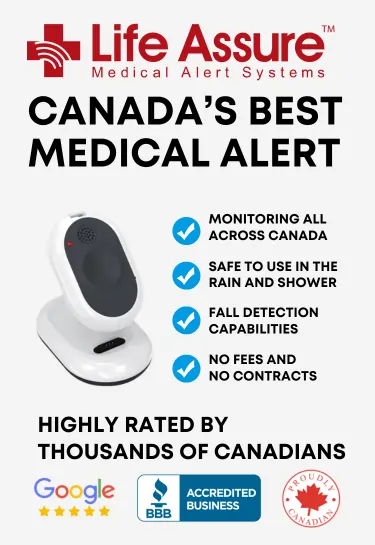How to Manage Seniors Diabetes Risk: Effective Tips for Prevention and Control
Our Key Takeaway
Seniors can lower diabetes risk by eating whole foods, limiting refined sugars, staying active, and monitoring blood sugar regularly. Taking medications as prescribed, managing stress, and getting regular health screenings also play vital roles in maintaining long-term health.
Diabetes is a chronic, high-prevalence disease affecting millions of Canadians; mostly, it is an elderly problem. About 26.8% of persons aged 65 years and older have diabetes, and even another huge proportion is at risk of developing it in the Canada.
Effective diabetes management in older adults is important for health and quality of life and equally for the prevention of complications resulting from poorly managed sugar levels in the blood.
The following article provides some useful tips on how to prevent and control seniors diabetes risk and places more emphasis on how they can be effectively applied in a practical way in real life.
Life Assure Product Quiz
Take our 30 second quiz and discover which Life Assure medical alert device is the right fit for you or a loved ones.
Life Assure Product Quiz
Take our 30 second quiz and discover which Life Assure medical alert device is the right fit for you or a loved ones.
Understanding the Risk Factors
The key starting point of managing seniors diabetes risk is understanding the factors that contribute to developing the disease. Age is a critical risk factor for type 2 diabetes, which goes directly with the proportion of increased age to the risk of developing diabetes.
The body undergoes several natural physiologic changes with aging, most of which systemically affect the production and utilization of glucose through the insulin hormone.
5 Tips to Control Seniors Diabetes Risks

Here are some effective ways to prevent and control diabetes in seniors.
Adopting a Healthy Diet
A healthy diet can help a lot in the reduction of diabetes risks during aging. It means a well-balanced diet that has unprocessed foods, mainly filled with fruits, vegetables, whole grains, lean proteins, and healthful fats that might be proficient at keeping good weight balance and sugar level maintenance in blood.
They should, therefore, limit their intake to foods that contain huge amounts of refined sugar and simple carbohydrates, which are fast digested and sometimes lead to a rise in blood sugar levels.
This means limiting themselves to foods containing complex carbohydrates like brown rice, quinoa, and whole wheat bread, slowly digested to allow only gentle flows of energy.
In addition, there should be a source of protein at each meal since protein controls blood sugar levels and the individual feels full.
Other key principles of a healthy diet relate to hydration: older adults should be sure to drink plenty of water over the course of their day, since even mild dehydration might provoke a shift in blood sugar levels and in due course affect general health.
This is equally very critical to avoid sugary drinks—soda and sweetened tea—that have been related to weight gain and raised levels of blood sugar.
Staying Physically Active
Regular exercise plays a critical role in the prevention and management of diabetes in older persons. Exercises make the body use insulin well, lower blood sugar levels, and help in weight management.
This will in turn improve cardiovascular health, reduce stress, and generally enhance well-being. Brisk walking, swimming, cycling, or other moderate-intensity aerobic exercises should be done for at least 150 minutes by seniors.
Low-impact activities, such as chair exercises or yoga—further down the list, even water aerobics—are very good options for older people, especially those who have some history of mobility problems or chronic diseases that limit their ability to exercise.
One should stick to activities in which he or she will enjoy and can maintain, for after all, persistence is the critical key to reaping benefits from exercise.
Older adults need to make sure they have talked to their healthcare provider before starting any new exercise, especially if any conditions exist.
Such an individual's physical activity could be maximally safe and effective if in accord with an individually developed plan of physical activity, which has been grounded on the level of one's fitness, state of health, and preference.
Regular Health Screenings and Monitoring
This makes frequent health screenings and monitoring quite important in diabetes prevention and management in the elderly. Early detection of prediabetes or diabetes can lead to timely interventions to prevent progression of the disease or manage it effectively.
Seniors should be checking their blood sugar regularly, especially if they have risk factors for diabetes. A1C testing can be just one of the useful tools in diagnosing diabetes or prediabetes by monitoring the average blood sugar over the past two to three months in a person.
In those seniors who have a preexisting diagnosis of diabetes, blood sugar levels must be regularly monitored at home.
This would help them understand how their diet, exercise, and medications interact with their blood sugar and then take whatever measures are necessary to keep it within the target range.
Medication Management
For most seniors, medication is certainly part of their management in coping with diabetes. This would include either a course of insulin therapy, oral medications, or sometimes both.
In view of this, it becomes important that seniors take their medications as prescribed and become careful in managing the treatment plan.
Whenever these health statuses of seniors change, responses to medication intake can be modified by such things as weight, diet, or physical activity. Regular follow-ups with the provider of healthcare ensure staying on the treatment course and its adjustment in due time when necessary.
Managing Stress and Mental Health

Stress and mental health management become other critical factors in preventing and managing diabetes among older adults.
Chronic stress can increase blood glucose due to the fact that part of the body's natural response to stress triggers the release of several stress hormones, such as cortisol, which raises blood sugar levels.
In addition, stressful situations may result in specific risk behaviors being followed, thereby increasing the likelihood of overeating, lack of physical activity, or possibly not adhering to one's medication, further raising the risk for diabetes.
They have to find and utilize specific stress-reducing approaches that work best for them, including deep breathing exercises, meditation, or other activities that they like.
It is also easy to be socially connected with your family and friends. Their interaction would help a lot in being emotionally supported and less lonely, as most seniors do. Diabetes management is inextricably linked with mental health.
Depressive disorders and anxiety also become more prevalent in people who have diabetes, which can contribute to increasingly poor management of the disease.
Seniors should seek professional help in case they are struggling with their mental health because therapy, counseling, or medication can help in making their quality of life better and more tolerable for diabetes management.
Conclusion
Managing seniors diabetes risks is not that difficult, given proper dieting, regular exercise, monitoring of health status, and stress control. These practices can enable seniors to lower their risks and maintain a healthier and more active life.




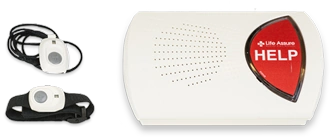


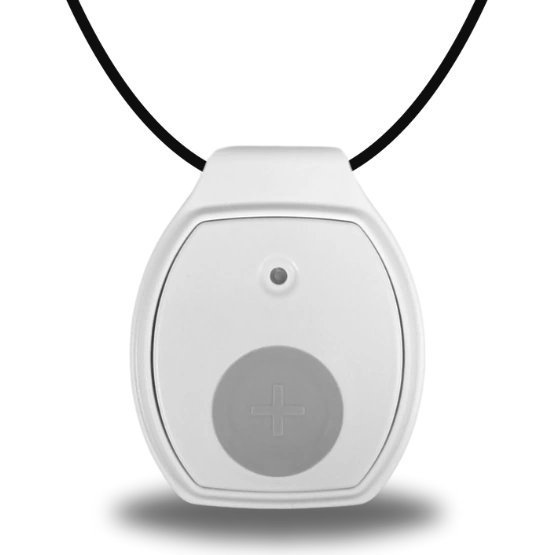
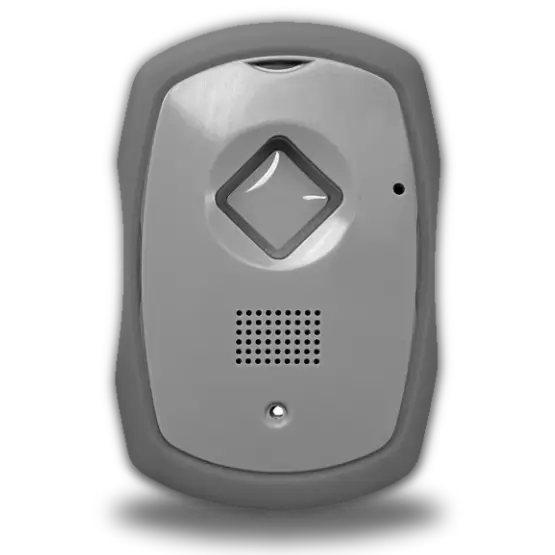

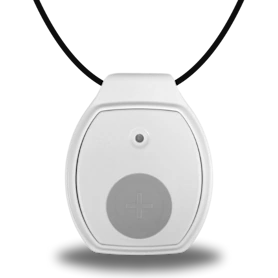
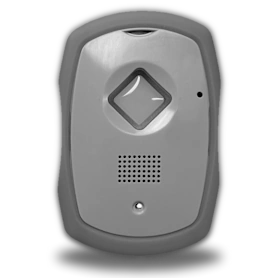
 Get Help With The Push Of
A Button
Get Help With The Push Of
A Button
